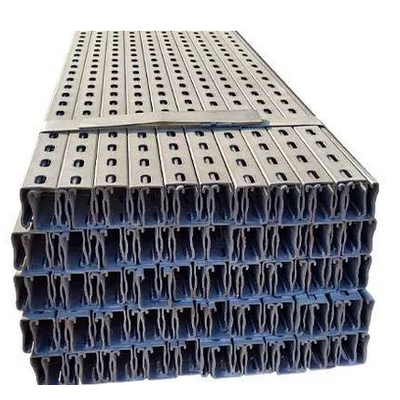

Sinta Water Tank Co., Ltd.
- Home
- Companies
- Sinta Water Tank Co., Ltd.
- Products
- Sinta - Solar Mounting Structure

Sinta - Solar Mounting Structure
The solar mounting structure is a specialized system designed for installing solar photovoltaic modules. Its primary function is to securely and properly position the solar panels on the ground, rooftops, or other structural surfaces to achieve the optimal sunlight angle and maximize solar energy absorption efficiency.
Most popular related searches
solar mounting system
solar mounting
photovoltaic mounting
photovoltaic system
floating solar power
solar photovoltaic module
photovoltaic mounting system
solar photovoltaic system
solar power plant
solar power
As a crucial component of a photovoltaic system, the mounting structure must not only possess strong structural integrity but also offer excellent weather resistance, corrosion protection.
